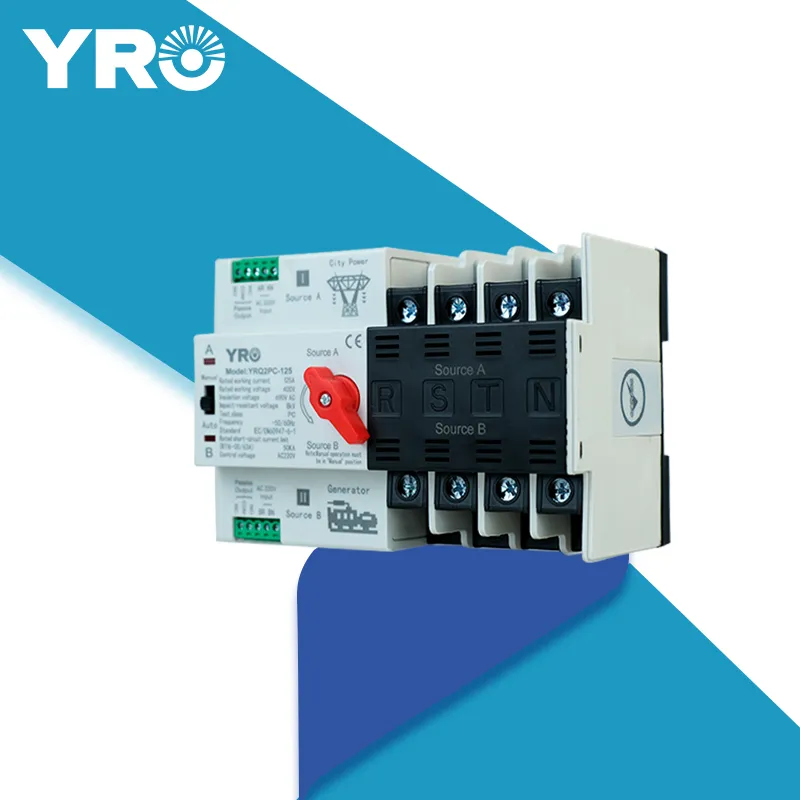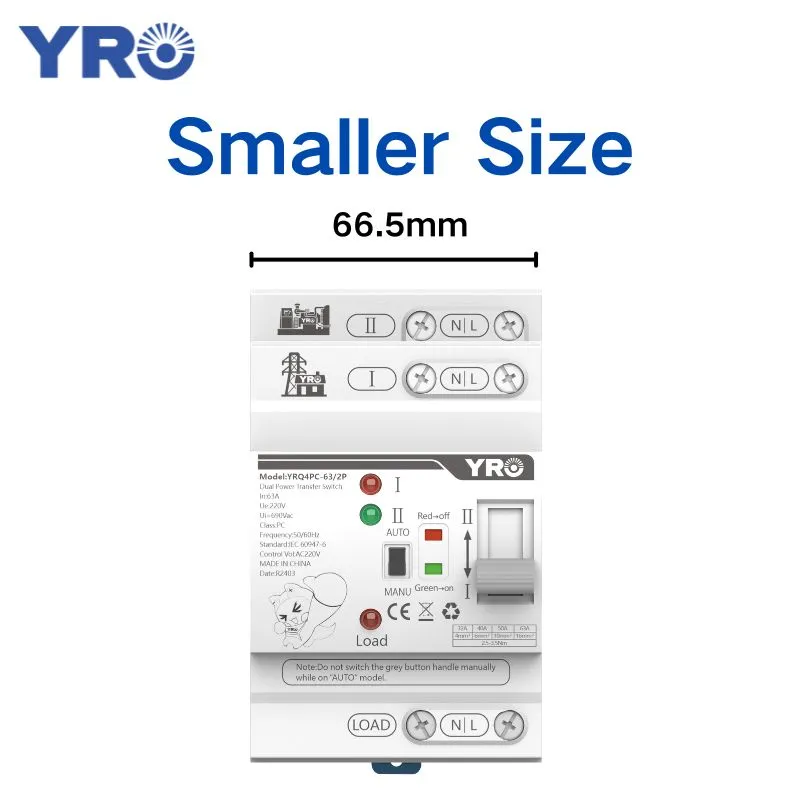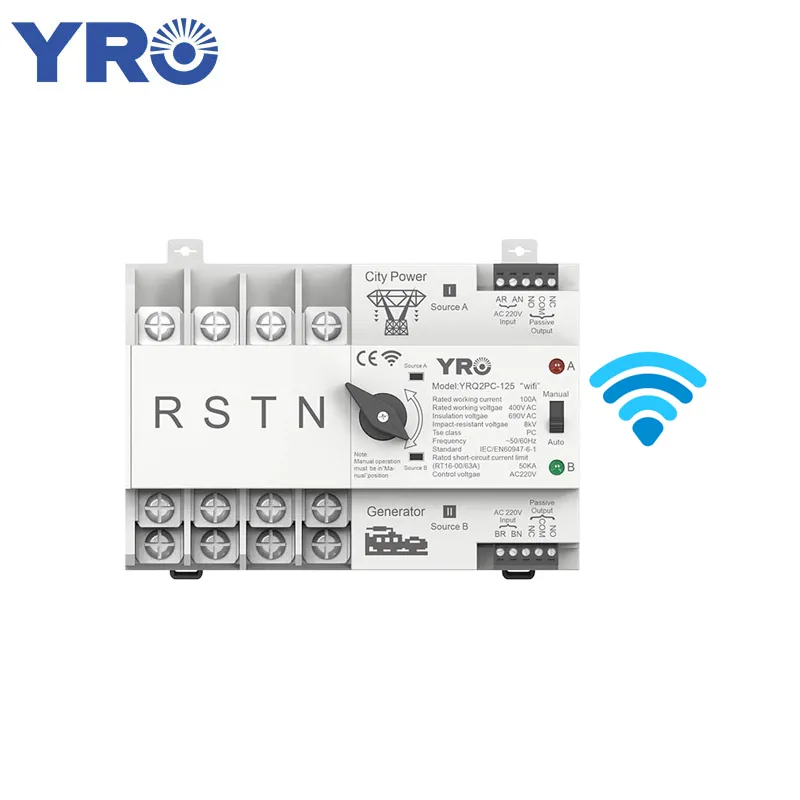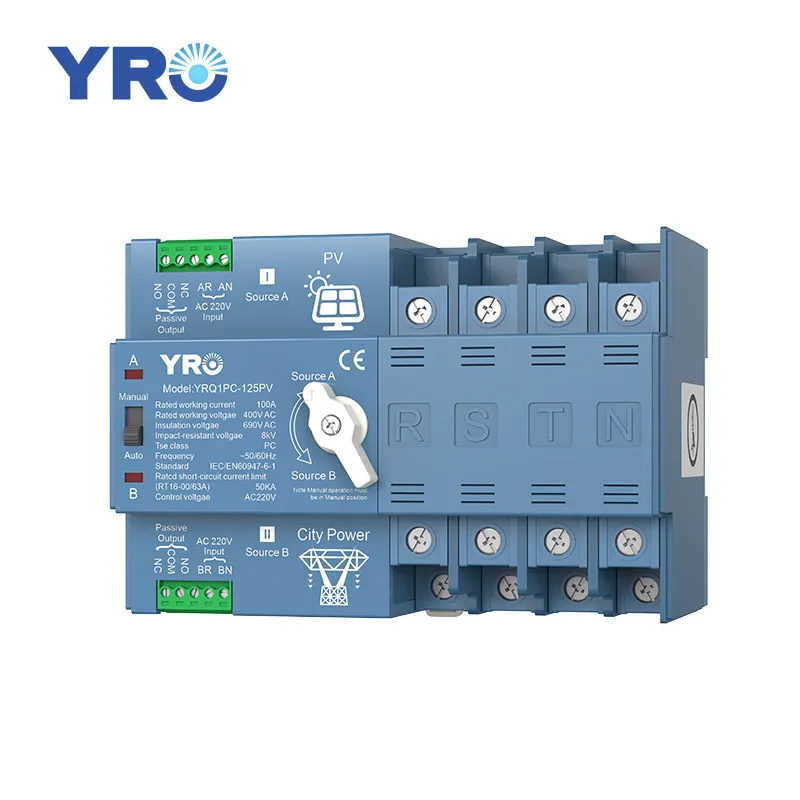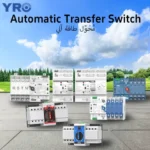Germany has made remarkable progress in its energy transition. With the development of renewable energy, especially solar and wind energy, these clean energy sources have been able to meet more than half of the country’s electricity demand, demonstrating the possibility of reducing carbon emissions.
However, this remarkable achievement has exposed a series of new challenges surrounding the stability of the power grid and reliable power supply, especially during periods of adverse weather conditions or sudden surges in demand.
Germany’s Energy Transition
Germany’s “Energiewende” demonstrates an important practice of shifting from fossil fuels to renewable energy. The country is currently advancing towards the goal of having renewable energy account for 80% of its electricity mix by 2030. However, this rapid transition has revealed structural vulnerabilities in the power infrastructure, necessitating innovative solutions.
Weather Dependence
In the first four months of 2025, wind and solar power generation in Germany declined due to weather conditions, reaching the lowest level in nearly a decade. This situation has led to an increase in the consumption of natural gas and coal, with hydrocarbon consumption reaching its highest level in seven years. The instability of power generation makes the power supply mode unstable, bringing new challenges to the operation and management of the power grid.
Mismatch Between Power Generation and Demand
During periods of abundant wind and sufficient sunlight, wind turbines operate continuously and efficiently, and solar power generation is also in an ideal state. Data from the Fraunhofer Institute for Solar Energy Systems shows that renewable energy generation in Germany once reached 125% of the country’s electricity demand. This situation of excess power supply directly led to a drop in prices on the power exchange market—since electricity prices are determined by market supply and demand, there were even periods where electricity was supplied for free.
In 2024, the share of renewable energy in Germany’s public net electricity generation reached a record 62.7%. However, this proportion of clean energy exhibits significant seasonal fluctuations. During periods of insufficient sunlight in winter, renewable energy generation drops significantly. Taking December 12, 2024, as an example, renewable energy could only meet 18% of the electricity demand that day. The shortfall had to be compensated by coal-fired power plants, gas-fired power plants, and electricity imported from neighboring EU countries.
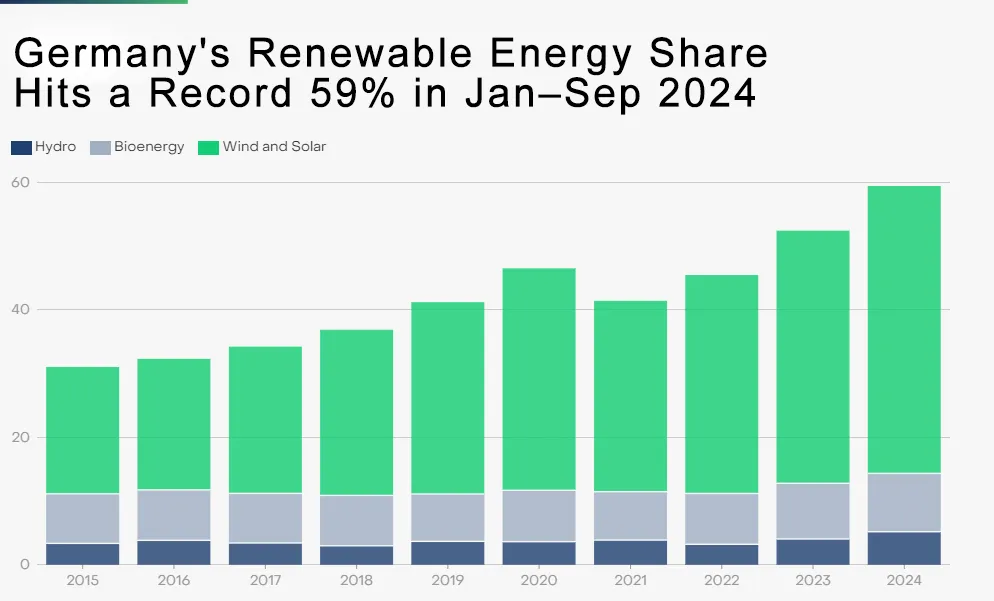 Joint research by the EWI and BET Institutes points out that Germany’s energy system is facing structural challenges of unstable power supply. When renewable energy generates excess power during low-demand periods, or suddenly decreases during high-demand periods, it can cause grid fluctuations.
Joint research by the EWI and BET Institutes points out that Germany’s energy system is facing structural challenges of unstable power supply. When renewable energy generates excess power during low-demand periods, or suddenly decreases during high-demand periods, it can cause grid fluctuations.
Grid Expansion Challenges
The transition to renewable energy requires a significant upgrade of the power grid infrastructure to transport electricity from the windy northern regions to the industrial centers in the south. The delay in the expansion of the power grid has exacerbated congestion problems and restricted the effective distribution of renewable energy across the country.
Critical Facilities Require Uninterruptible Power Supply
For hospitals, data centers, industrial processes, and emergency services, even brief power interruptions can lead to serious consequences. According to a DIHA report, nearly one-third of industrial enterprises are currently affected by power outage issues. Among these, records of outages lasting less than three minutes increased from 10% to 16% within three years. The additional costs caused by power outages can amount to €10,000 or even more for businesses. Therefore, these facilities urgently need solutions that can automatically and seamlessly switch to backup power during periods of grid instability.
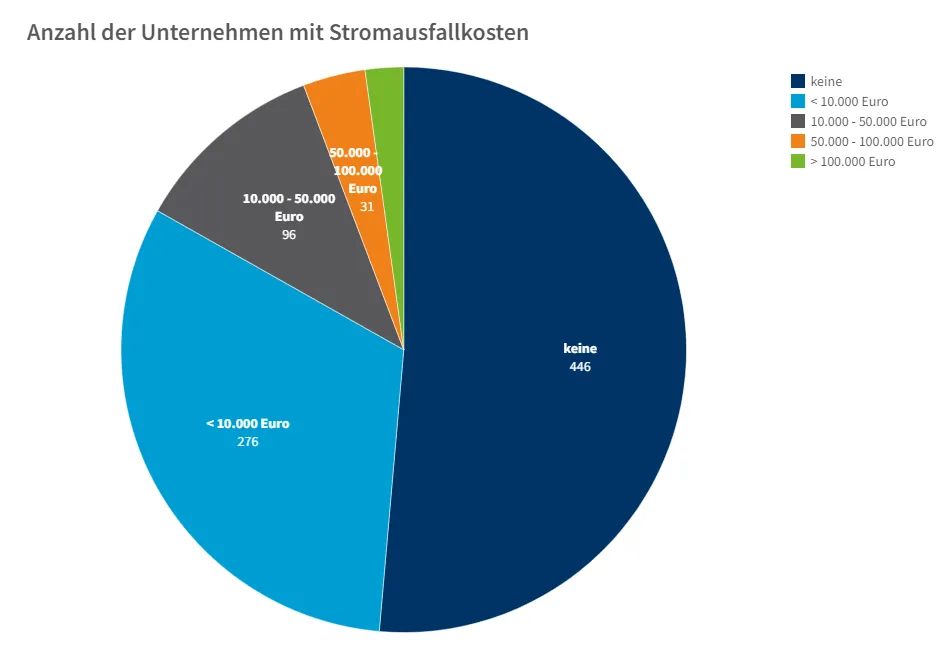
Precisely because of this, Automatic Transfer Switches (ATS) have become a key product in Germany’s energy resilience strategy. ATS continuously monitors the current, and once an abnormality is detected, it automatically switches the electrical load from the main power source (such as the grid) to a backup power source (such as a generator or battery); once power supply returns to normal, it automatically switches back to the main power source.
Supporting Renewable Energy Goals
Germany’s sustainable development goals need to be continuously advanced, and it is also important to ensure the reliability of power supply. YRO ATS can help households, commercial premises and industrial facilities utilize renewable energy while reducing the impact of grid fluctuations.
Automatic transfer switches can be used in conjunction with photovoltaic power stations, energy storage systems or traditional backup generators to provide continuous power support.
Conclusion
The increase in the proportion of renewable energy in Germany not only indicates the progress of the energy transition but also brings new challenges to the operation of the power grid. As the proportion of wind and solar energy in the energy structure increases, maintaining the stability of the power grid requires technological improvements in multiple aspects.
YRO automatic transfer switches can help maintain power supply continuity and provide support for households and businesses to cope with power fluctuations. Under the current climate policy goals and the development needs of power grids, the selection of reliable switching technologies has practical value.

